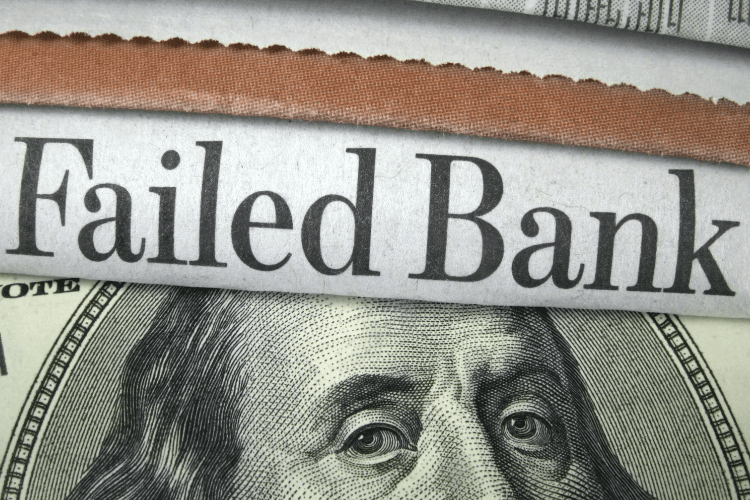How and When to Use Your First Credit Card

Long before your biggest “first” milestones – first home, first child, first promotion – comes your first credit card. Your first card will influence your financial future. Before you get one, educate yourself on proper practices for using plastic.
How to Pick the Right Credit Card
Swiping that card is easy… and so is drowning in your credit card debt. If you select a card with sky-high interest rates and unreasonable fees, you’ll soon find yourself buried. On the other hand, if you select a card with reasonable interest rates and helpful perks, your credit card account will boost your credit score and propel you to better financing opportunities.
So what’s the secret to picking the right card? Find your options and compare, compare, compare.
Search Within the Range of Your Credit Score
First, narrow your choices to the credit cards that are most likely to accept users in your credit score bracket. This prevents unnecessary and futile applications that only earn you a denial and hard credit check.
Since you’re new to building credit, you may find your choices limited. Don’t worry. There are many credit card companies that cater to young adults. Some offer secured credit cards that require an upfront deposit equal to the size of your available balance. Others offer regular credit cards with low limits to get you started. As long as you use your credit card responsibly and make timely payments, you can earn credit limit increases down the road.
Find a Low Annual Percentage Rate
The annual percentage rate (APR) is the amount of interest your card charges every month. APR charges can spiral out of control quickly, especially when they’re high.
To understand why the APR on your credit card is so important, let’s look at this example. If the balance on your credit card sits at $200 and your APR is 15%, you are charged $0.08 in interest every single day. Eight cents doesn’t sound like much, but it adds up. If you spend more money on your credit card and your balance suddenly increases to $500 or $600, you are charged more in interest per day.
Unless you know for sure you’ll pay that balance in full each month, select a credit card with a reasonable APR to minimize how much money you are forced to fork out in interest.
Look For Credit Card Perks
First-time card users don’t have access to the wild perks of more advanced credit cards, but it’s still possible to choose a card with handy benefits like cash back or travel rewards. Even if your rewards or cash back accumulate slowly, it’s better than nothing. Unfortunately, many of the high rewards cards are also more expensive, in terms of annual fees or interest rates. So, unless you’re a frequent traveler, don’t let a sexy rewards program lure you into a card that carries exorbitant financial terms.
Smart Spending Advice
The best credit card users are smart credit card users.
Remember, your card isn’t there to enable a $500 shopping spree or unplanned weekend getaway. It’s there to build your credit score with on-time payments and prudent spending. Use these tips to become a responsible card holder:
- Don’t rely on your card to make ends meet
- Set a spending limit and stick to it
- Never spend more than your credit limit
- Review your statements for inaccuracies
- Don’t spend it if you can’t afford to pay it off ASAP
Pay Your Balance on Time, Every Time
There’s almost nothing more important than paying your credit card bill on time. If you are even one day late to pay, you’ll be slammed with a late fee and extra interest payments. Suddenly, an easy $75 payment morphs into a $125 payment that you weren’t ready to make.
You can avoid these consequences by paying on time, every time. You must at least cover the minimum payment due, but it’s even better to bring your credit limit down to 30% or less with each payment. This reduces your interest payments and creates a strong record in your credit history.
If your credit limit is $1,000, for example, your goal should be to keep your balance at or below $300. Try not to make a large purchase unless you know you can pay it off and return your balance below 30% by your next due date.
If you can follow these simple tips, you’ll quickly build a solid credit history, and soon have the best credit card companies tripping over themselves to offer you superior promotions and deals.
Read about micro-investing and how to get started with our complete guide: Micro-Investing: What It Is, Why It’s for You and How to Start.










